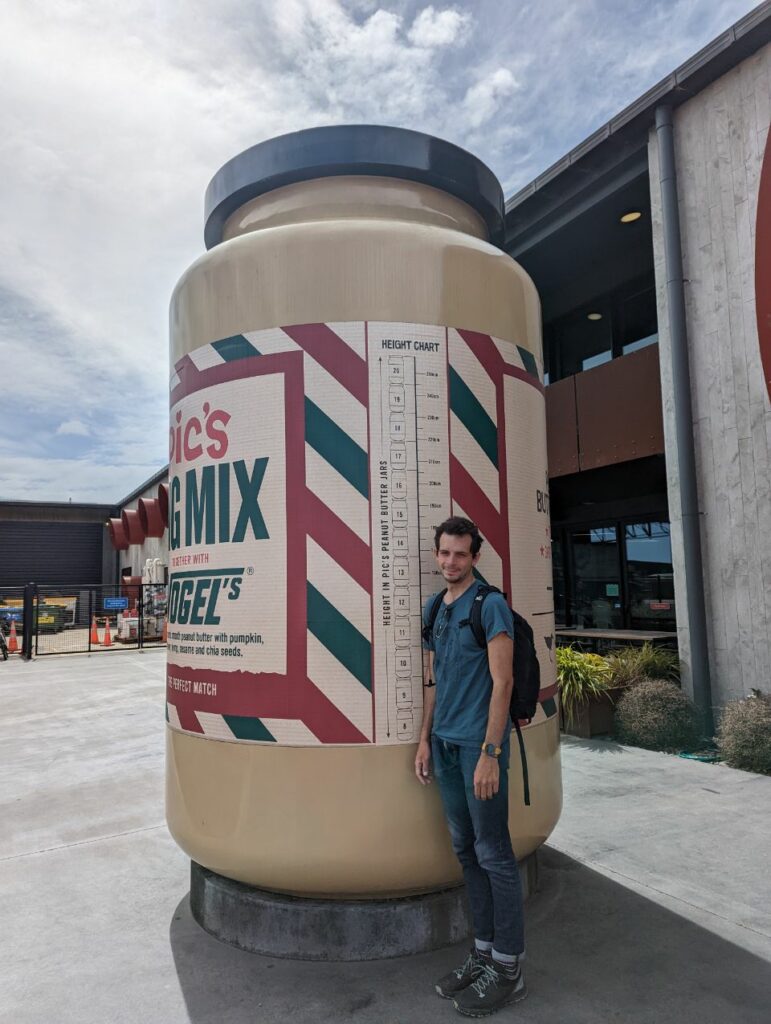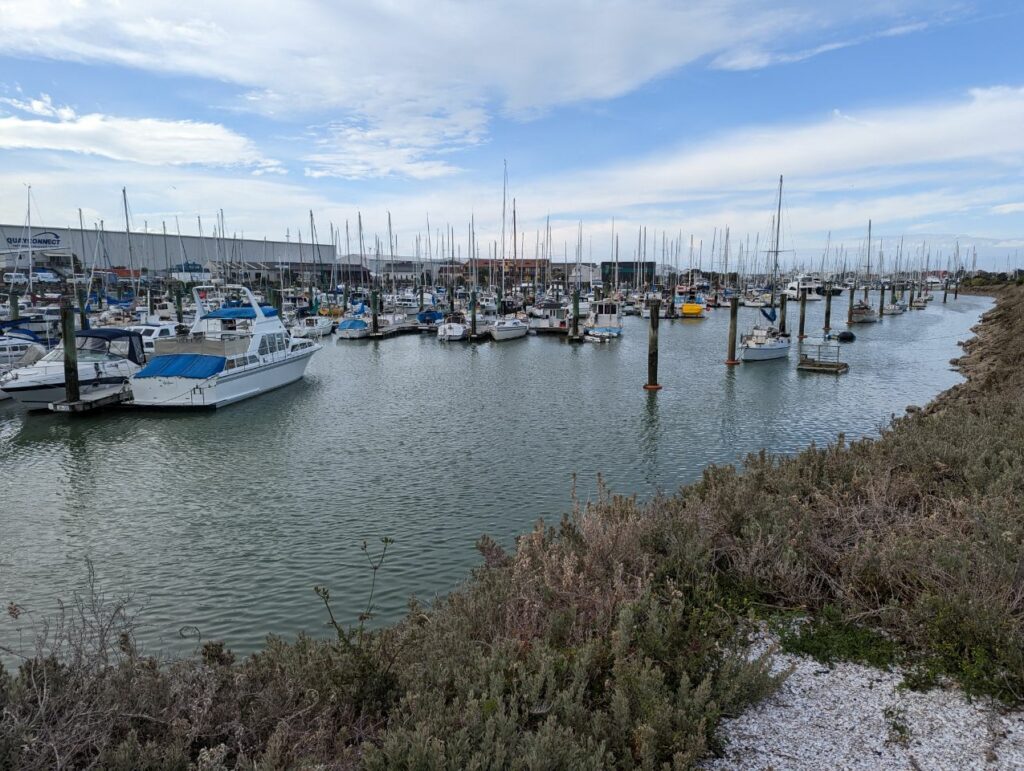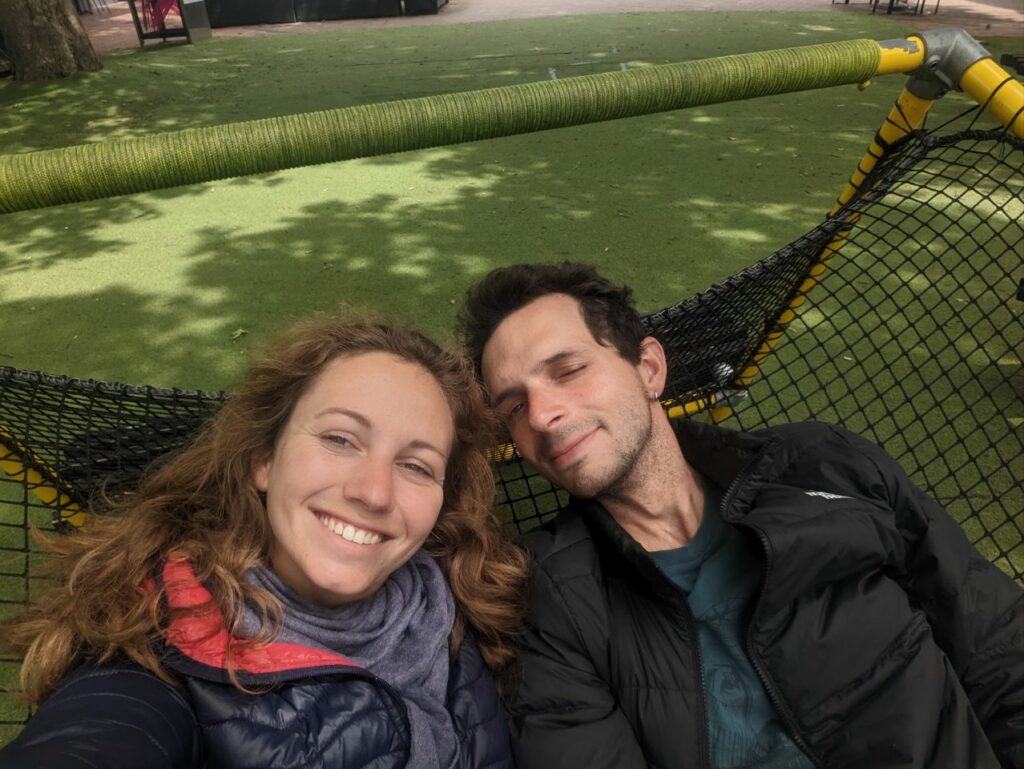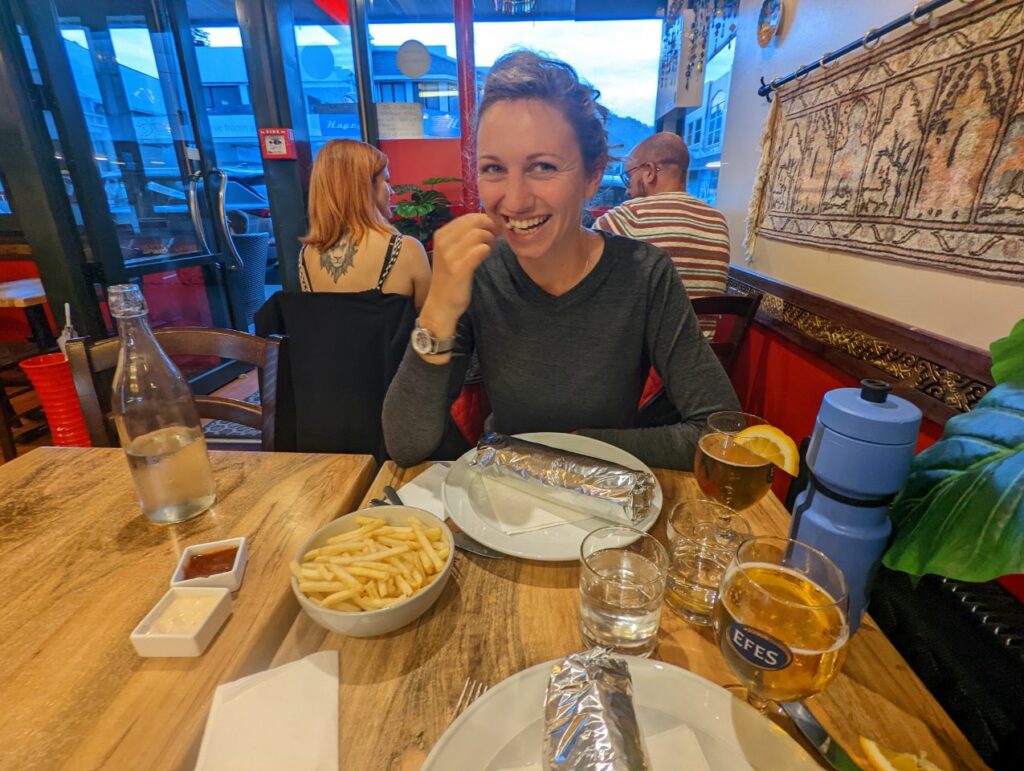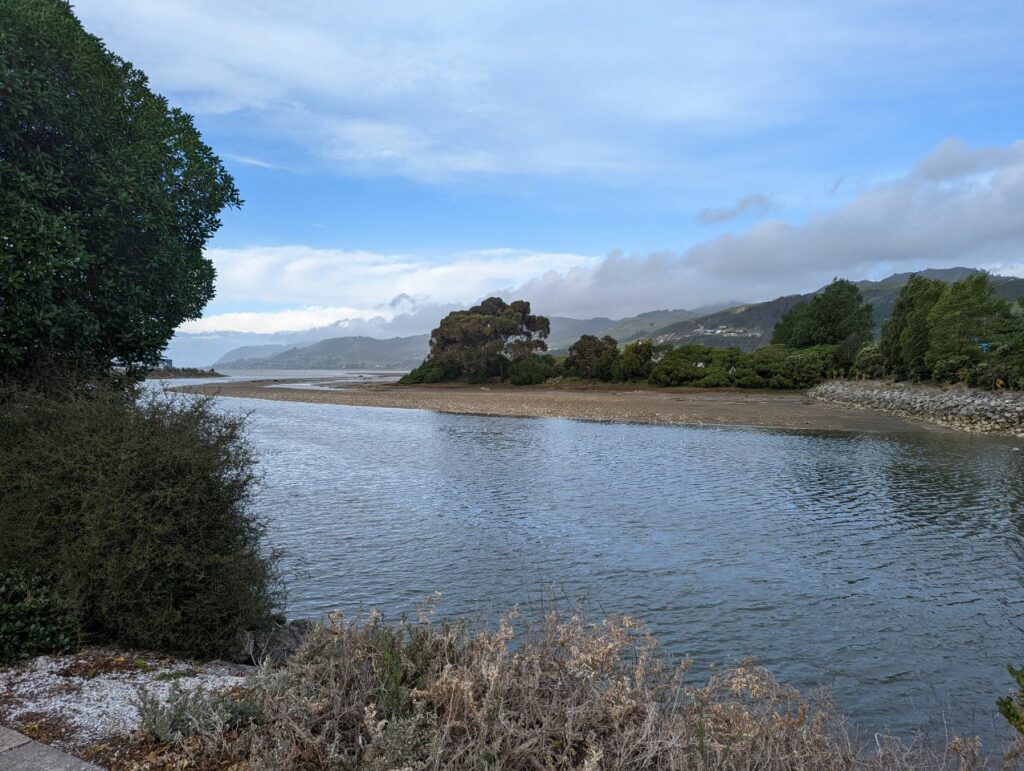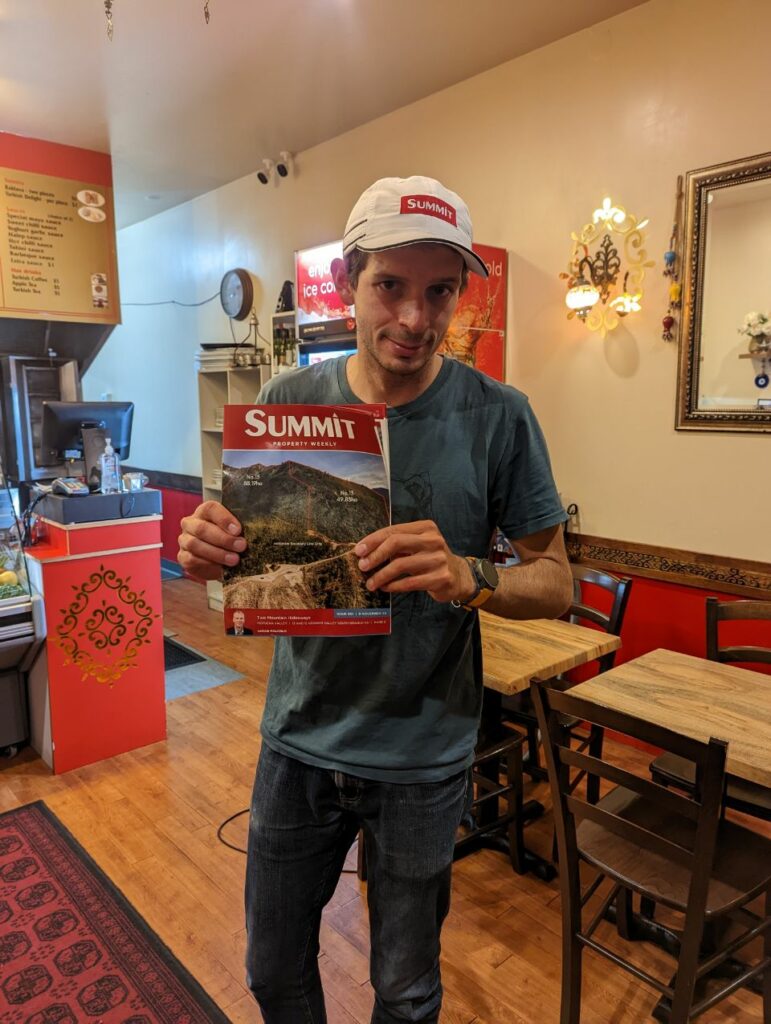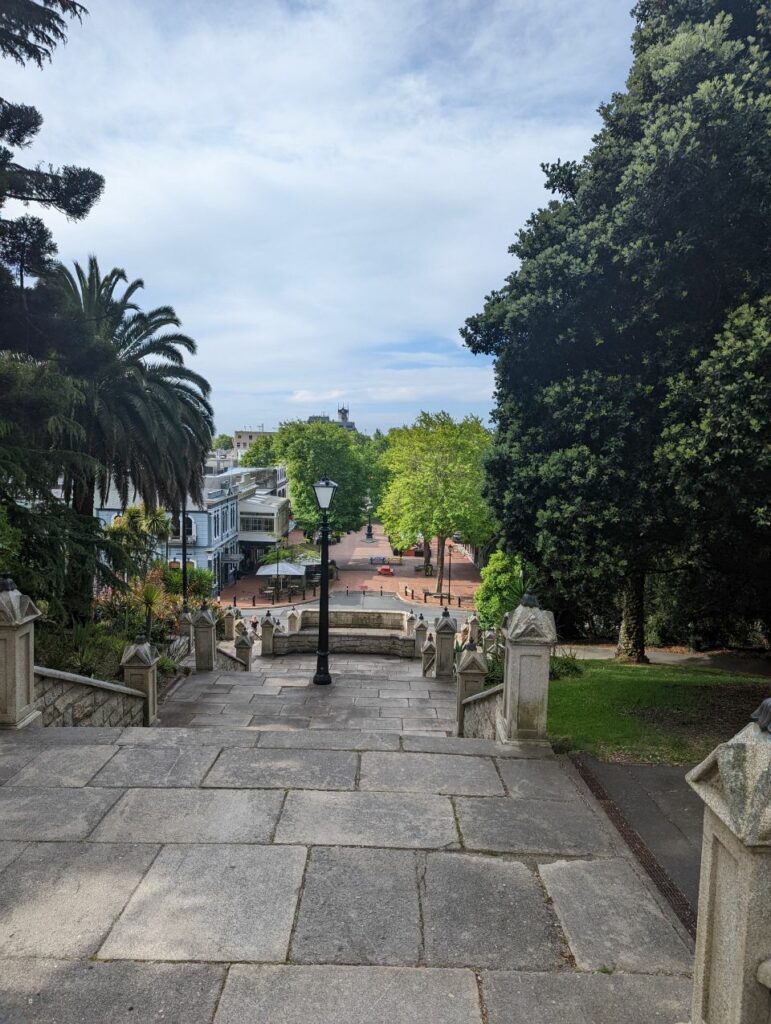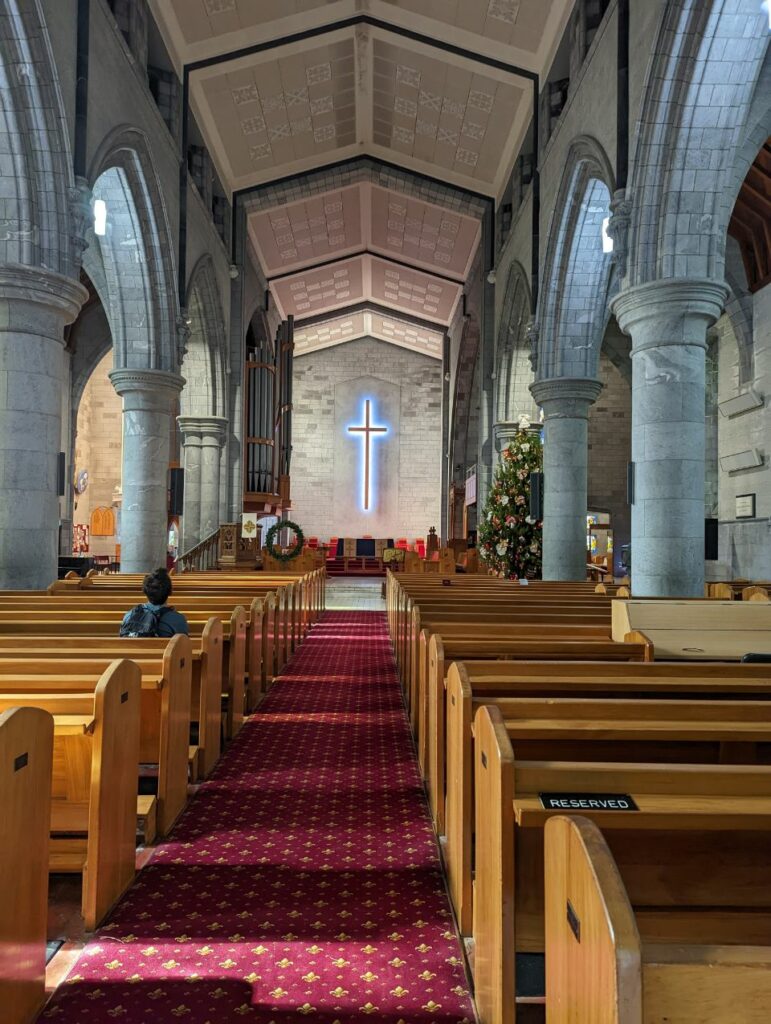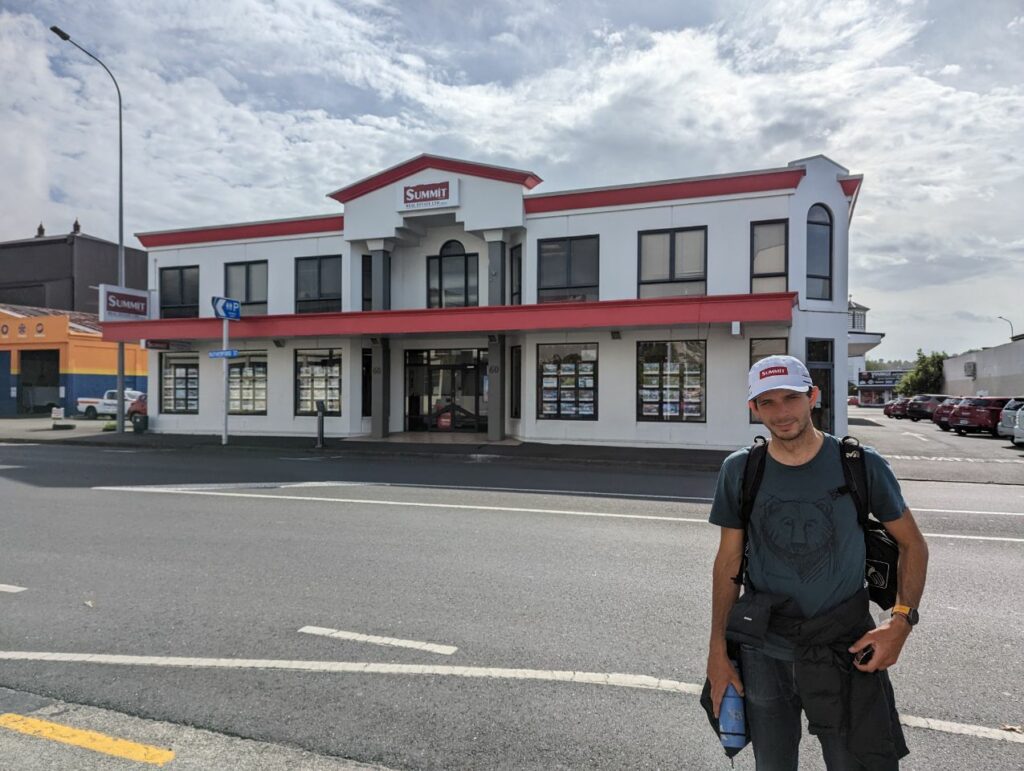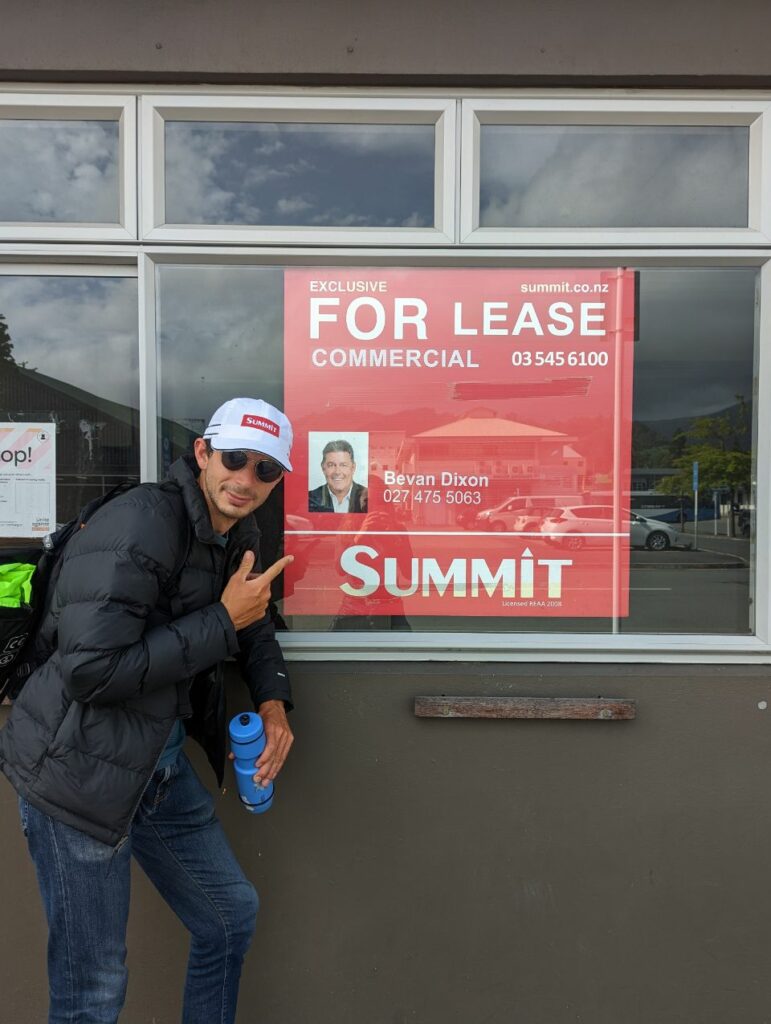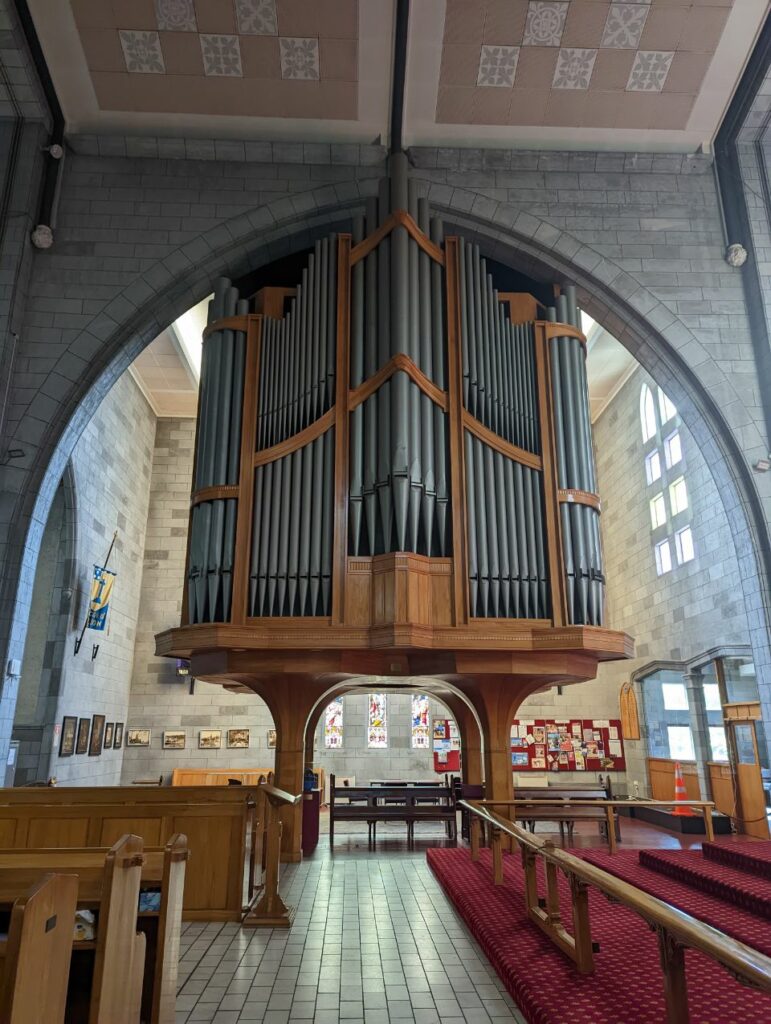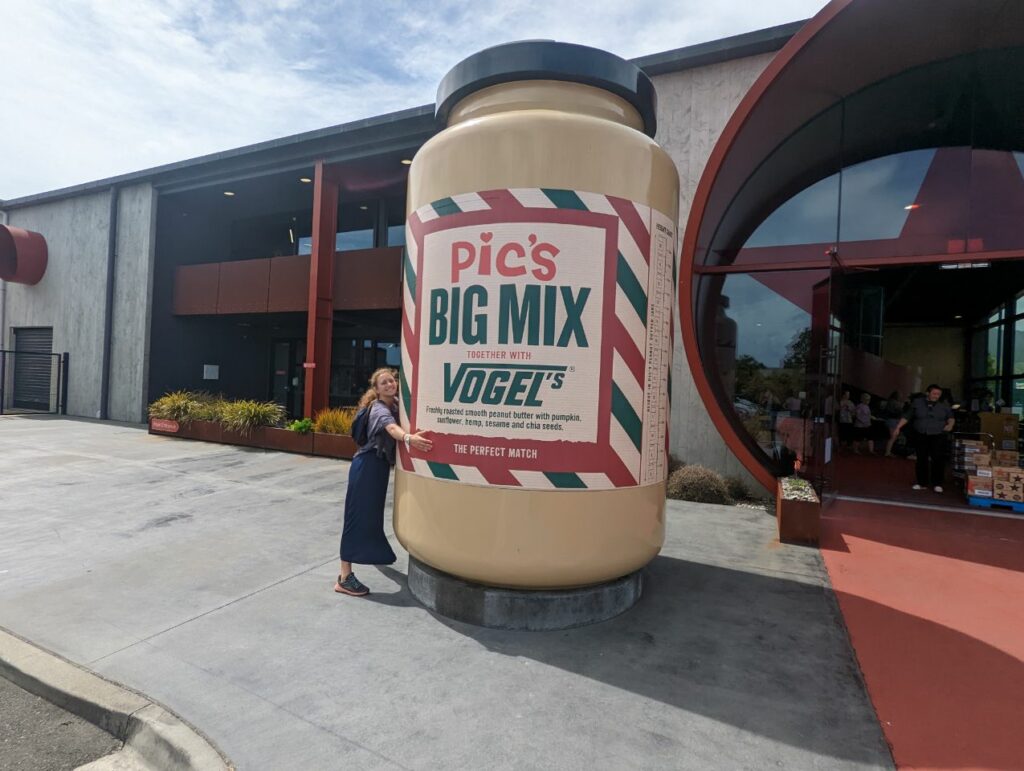Journée repos à Nelson avec une visite d’une usine de fabrication de beurre de cacahuète pour débuter où on s’est même fabriqué notre propre beuure de cacahuète
Puis balade dans la ville dans l’après midi
Et on finit avec un petit « resto » ( = kebab pour Martin^^)
PS: Martin s’est racheté une casquette pour remplacer son bob perdu dans un magasin de seconde main et on a compris après que c’était une marque d’agent immobilier
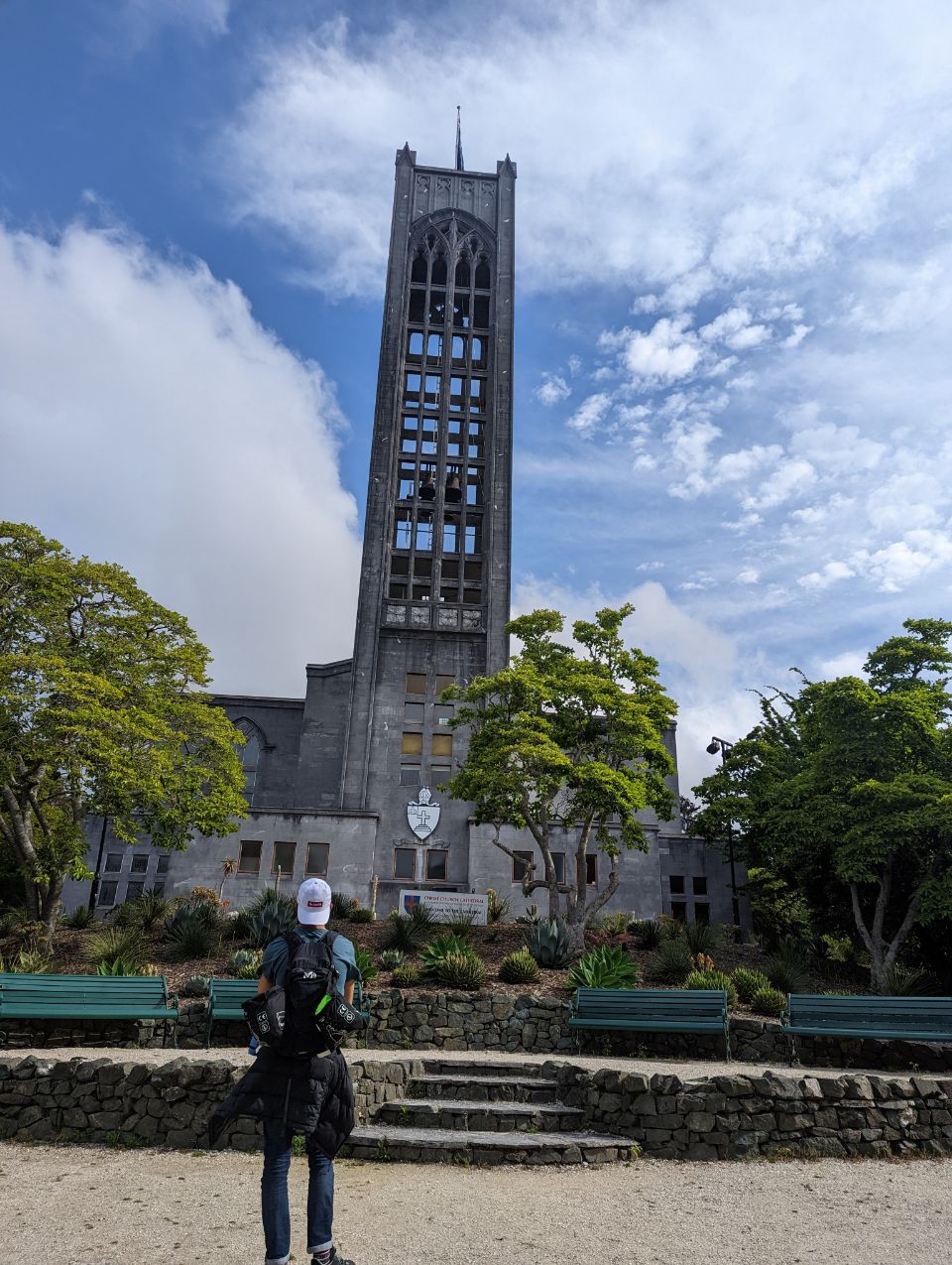
NELSON
22nd Novembre 2022
Nelson (Māori: Whakatū) is a city on the eastern shores of Tasman Bay / Te Tai-o-Aorere. Nelson is the oldest city in the South Island and the second-oldest settled city in New Zealand – it was established in 1841 and became a city by royal charter in 1858.[2]
Nelson City is bordered to the west and south-west by Tasman District Council and to the north-east, east and south-east by Marlborough District Council. The Nelson urban area has a population of 50,800,[1] making it New Zealand’s 15th most populous urban area.
Nelson is well known for its thriving local arts and crafts scene; each year, the city hosts events popular with locals and tourists alike, such as the Nelson Arts Festival.[3] The annual Wearable Art Awards began near Nelson and a local museum, World of WearableArt now showcases winning designs alongside a collection of classic cars.[4]
History
Early settlement
Settlement of Nelson began about 700 years ago by Māori.[9] There is evidence the earliest settlements in New Zealand are around the Nelson-Marlborough regions. Some of the earliest recorded iwi in the Nelson district are Ngāti Hāwea, Ngāti Wairangi, Waitaha and Kāti Māmoe.[10] Waitaha people developed the land around the Waimea Gardens, are believed to have been the first people to quarry argillite in around Nelson. They also developed much of the Waimea Gardens complex – more than 400 hectares on the Waimea Plains near Nelson.[11] In the early 1600s, Ngāti Tūmatakōkiri displaced other te Tau Ihu Māori, becoming the dominant tribe in the area until the early 1800s.[10] Raids from northern tribes in the 1820s, led by Te Rauparaha and his Ngāti Toa, soon decimated the local population and quickly displaced them.
Today there are eight mutually recognised tribes of the northernwestern region: Ngāti Kuia, Ngāti Apa ki te Rā Tō, Rangitāne, Ngāti Toarangatira, Ngāti Koata, Ngāti Rārua, Ngāti Tama and Te Atiawa o Te Waka-a-Māui.[10]

